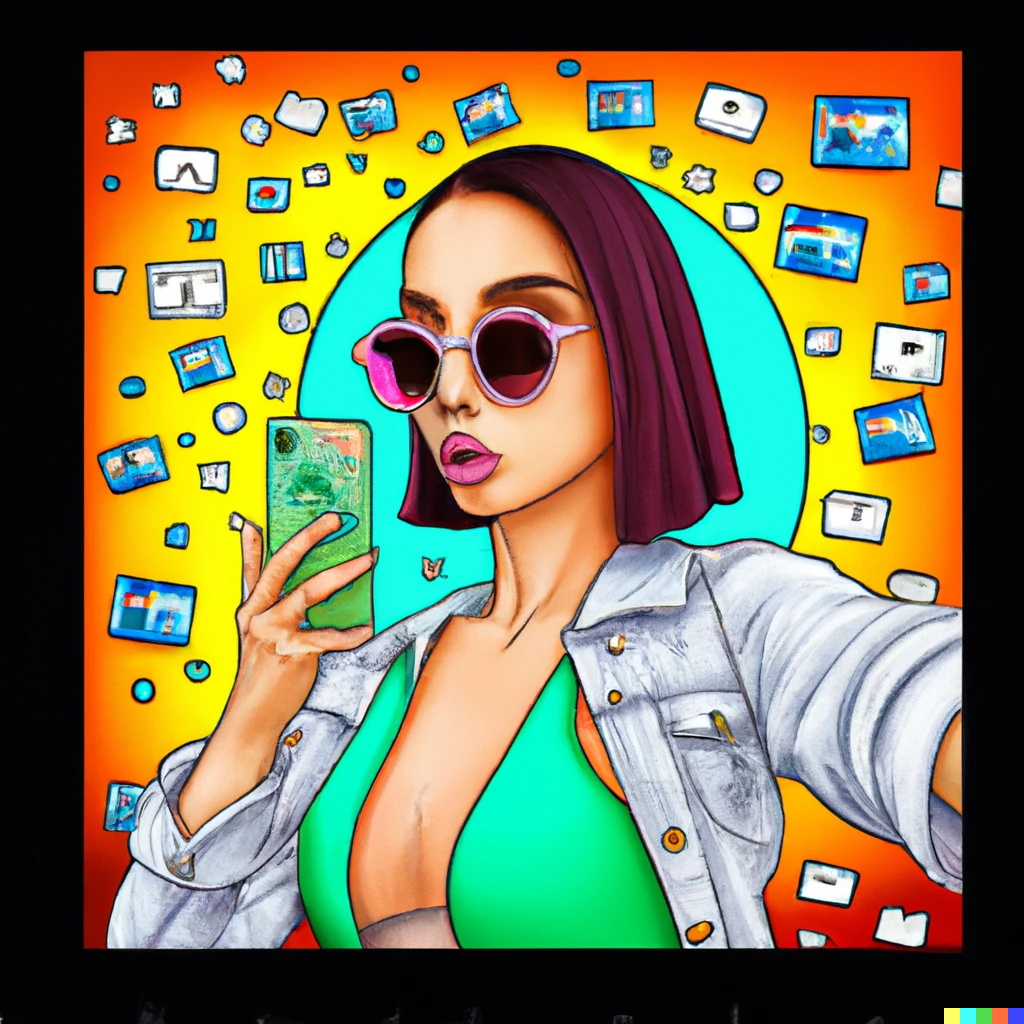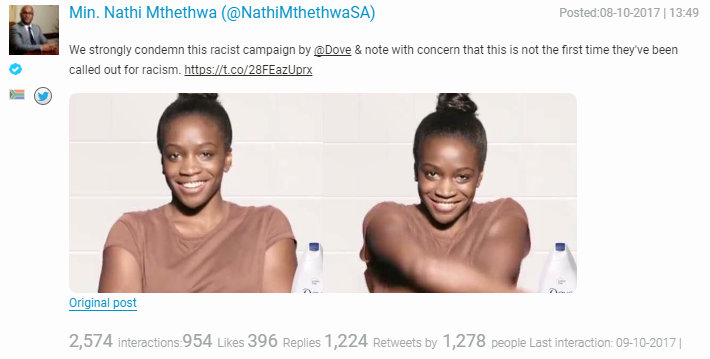4 questions to ask before your next influencer marketing campaign
Petar Soldo
Instagram Social Media Influence - DALL-E
The evolution of the influencer industry has transformed the marketing industry as we know it. Studies revealed that influencers have grown from being a small niche market to becoming a primary source of income for many South African businesses.
Influencer marketing is an effective method of marketing
We find that brands are generally happy with the results. Studies by Mediakix found that 80% of marketers found influencer marketing effective.
You can find influencers who specialise in all kinds of niches; from make-up artists to fitness gurus, and everything in-between. Influencer marketing is likely to stay for a while in South Africa and provides your brand with an avenue for increased reach.
According to TheB2BHouse, US marketers are projected to spend $6.16 billion USD on influencer marketing in 2023. Growth is driven by increased spending from existing brands that already use influencer marketing, and new brands trying influencer marketing.
Recent studies show that we are moving into the ‘Era of the CIO (Chief Influence Officer). In the last 4 years, dedicated influencer functions have appeared in organisations and agencies, with increasingly experienced and specialised profiles. Influencer Marketing training and qualifications are also emerging in communication schools and on IM platforms.
4 questions to ask yourself when planning your next influencer marketing campaign
1. What is your goal/message?
When it comes to marketing, it is imperative to know what you're trying to accomplish. Many brands don’t establish good Key Performance Indicators (KPIs) and fail to measure the outcomes.
2. What is your budget?
Not only does setting a budget let you know how much you can expect to spend, it also dictates the tier of influencer you'll be able to partner with.
3. Who is your audience?
Often, creating an audience persona/s helps brands understand whom they want to reach. Thereafter, they create matching influencer personas to help make the right influencer choices.
4. Are you on the right platforms?
When starting out, choose one platform to focus on first. Demographics vary on each platform, and the industry you’re in will also help determine the platform you use.
The influencer market can be tricky to navigate without the right guidance, but it's worthwhile
We are partnered with Falcon.io under Brandwatch. This is a tool that offers an ‘influence’ option that helps you plan your influencer marketing campaign with specialised tools for; creator discovery, relationship management, and campaign execution.
‘Social listening’ is also a tool that can be used to better strategise your influencer campaign. It gives you the power to monitor your audiences, track their sentiment, and more.
Let us help you get the best results from your next campaign. Chat with us: hello@digitalrepublic.co.za



































